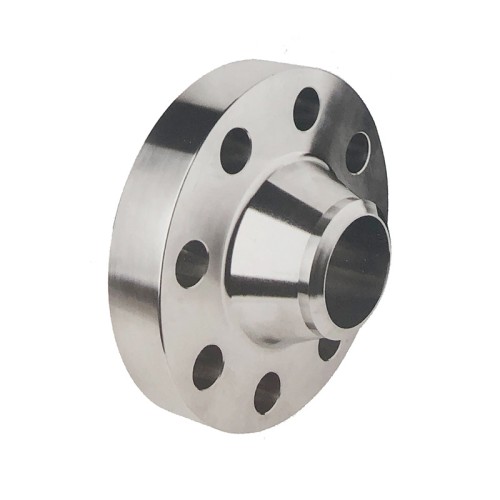resilient gate valve manufacturer
The Importance of Resilient Gate Valves in Modern Industries
Resilient gate valves play a crucial role in various industries, including water treatment, sewage management, and oil and gas. As an essential component in flow control systems, these valves are designed to provide reliable performance, durability, and ease of maintenance. This article explores the significance of resilient gate valves, their features, advantages, and the importance of choosing a reputable manufacturer.
Understanding Resilient Gate Valves
Resilient gate valves are designed with a rubber or elastomeric material in the seat area, providing an effective seal while allowing for smooth operation. Unlike traditional metal gate valves, which can suffer from leaks due to wear and tear over time, resilient gate valves are designed to withstand various pressures and environmental factors. They typically have a wedge-shaped gate that lifts or lowers to control the flow of liquid or gas within a pipeline.
Features and Benefits
1. Corrosion Resistance Many manufacturers construct resilient gate valves using ductile iron or other corrosion-resistant materials. This feature is vital in industries dealing with corrosive substances, ensuring longevity and reducing maintenance costs.
2. Bidirectional Flow Resilient gate valves can handle flow in both directions, making them versatile for various applications. This feature simplifies installation and reduces the need for additional fittings.
3. Low Torque Operation The design of resilient gate valves allows for easy operation, requiring less torque to open and close. This is particularly advantageous in larger installations where manual operation would be challenging.
4. Minimal Pressure Loss When fully open, these valves provide an unobstructed flow path, resulting in minimal pressure loss across the valve. This efficiency is crucial for maintaining the overall performance of fluid transport systems.
5. Easy Maintenance Resilient gate valves are designed for straightforward installation and maintenance. Many models come with replaceable components, enabling quick repairs without requiring full valve replacement.
resilient gate valve manufacturer

The Role of Manufacturers
Choosing a reliable resilient gate valve manufacturer is critical for ensuring the quality and performance of the valves. Here are key factors to consider when selecting a manufacturer
1. Quality Assurance Look for manufacturers that adhere to international standards and certifications, such as ISO and ASTM. Quality assurance processes play a significant role in delivering durable, high-performance products.
2. Research and Development A good manufacturer invests in R&D to innovate and improve their product offerings. This investment can lead to advanced designs that enhance functionality and reliability.
3. Comprehensive Support A trustworthy manufacturer provides excellent customer service, including technical support and guidance throughout the purchasing and installation process. This support is invaluable for engineers and project managers.
4. Customization Options Different industries have unique requirements when it comes to valve specifications. The best manufacturers offer customization options to meet specific needs, ensuring optimal performance in various applications.
5. Sustainability Practices Consider manufacturers who prioritize sustainability in their operations, using eco-friendly materials and practices to reduce their environmental impact.
Conclusion
Resilient gate valves are indispensable components in modern fluid control systems, offering numerous advantages over traditional designs. Their durability, efficiency, and ease of maintenance make them the preferred choice in various applications. However, the quality of these valves heavily depends on the manufacturer. By selecting a reputable manufacturer, industries can ensure they receive high-quality, reliable products that contribute to the overall efficiency and safety of their operations. Investing in resilient gate valves is a step toward better infrastructure and technology in today’s ever-evolving industrial landscape.
-
The Key to Fluid Control: Exploring the Advantages of Ball Valves in Industrial SystemsNewsJul.09,2025
-
The Versatile World of 1, 2, and 3 Piece Ball ValvesNewsJul.09,2025
-
Stainless Steel Ball Valves: The Ideal Choice for Efficient Flow ControlNewsJul.09,2025
-
Optimizing Fluid Control with Ball Float ValvesNewsJul.09,2025
-
Manual Gate Valves: Essential for Control and EfficiencyNewsJul.09,2025
-
Everything You Need to Know About Butterfly ValvesNewsJul.09,2025
-
The Versatility of Wafer Type Butterfly ValvesNewsJul.08,2025




